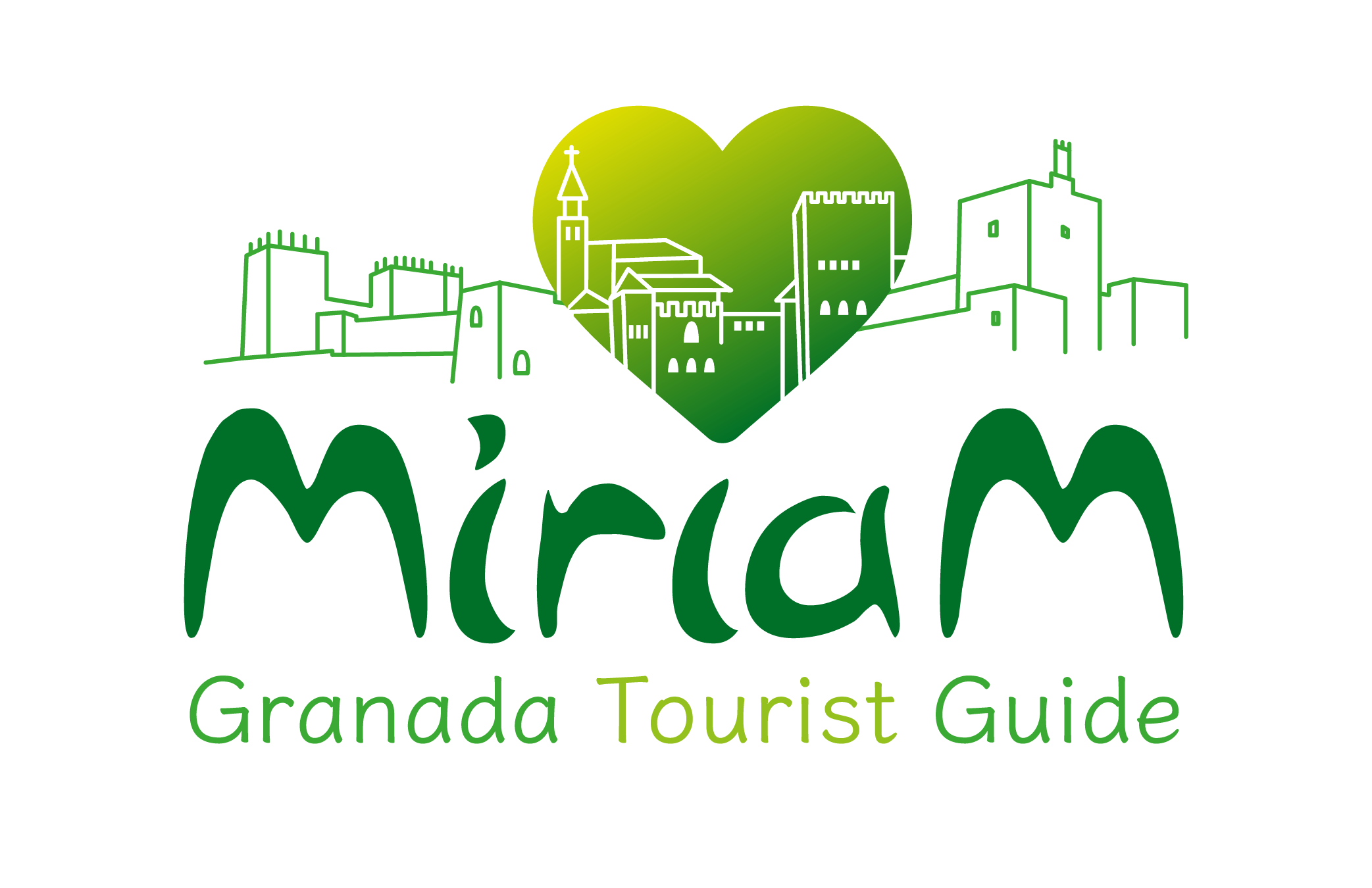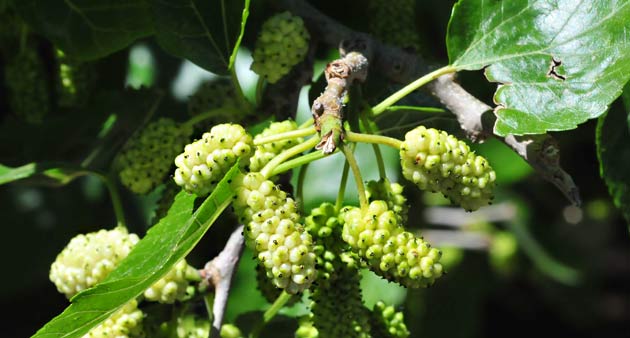The mulberry tree was a very important in the Granada silk history during the Nasrid Kingdom.
The mulberry tree scientific name is Morus Alba. Morus name derives from the Greek “Moréa”, which in turn derives from the Celtic “mor” which means black. This word refers to the colour of some of the varieties of the berry. The specific word “alba” means white and refers to the colour of this specific species.
The Mulberry tree is believed to be native to central and eastern Asia: China, Korea, Mongolia and northern India. It was introduced to the Mediterranean basin in the 6th century, brought by monks from Constantinople to breed silkworms that feed off the leaves of the tree. However, legend says that the berries came hidden in bamboo sticks for the secret silk trade that the Chinses supposedly ran.
In the Iberian Peninsula and the Balearic Islands it was often cultivated as an ornamental plant, mainly in the east, center and south.
It was of great importance especially in Murcia and Granada because it was bred for the production of silk.
Table of Contents
The mulberry tree health benefits
Mulberries have many beneficial properties. They are low in calories, have Vitamins C, B6 and E and soluble fiber, and are rich in minerals such as potassium, iron and calcium, carbohydrates and proteins.
Like other berries, the mulberry brings many benefits to our health:
- Strengthens the immune system
- It is an excellent diuretic
- Can regulate our blood sugar levels, so it is considered a healthy glucose source
- It isexcellent for combating constipation
- Itsleaves help treatirritation, swelling, and redness
- Eating the ripe berries is an effective method for detoxifying the body
Granada’s silk
It cultivation and silkworm farming were used to make silk thread. This was the most important agricultural activity in the Nasrid kingdom.
There were 49 different kinds of silk fabrics, including damascus silk, taffeta, satin and velvet. In addition, they had around 5 or 6 different colours. Their silk had the reputation of having great quality and renown beauty. The mulberry cultivation spread throughout the sheltered zones of Sierra Nevada and in the Alpujarras valleys.
Both the ownership and harvest of mulberries was divided among the owners of farms called “xariquerías”. The tree owners would distribute a certain number of silkworm eggs to the trees according to the number of leaves. A breeder was in charge of a certain number of trees. At the end of the season, the breeder would receive a quarter of the silk production.
The leaves were harvested collectively by the women during the month of April. But sometimes something very curious happened:
«Often the silkworms birth is a bit delayed. Then the women would insert the eggs in bags that they would put under their armpits».
The spinning of the silk into skeins was carried out only by qualified master spinners. This practice already existed in the Muslim period and was perfected after the conquest.
Silk was spun in rural areas between the months of December and April, when the roads of the Alpujarras were covered in snow. In the months of June to September, silk production was transferred to the city. Then, at the “alcaicería”, “yilis” inspectors compared the silk weight and quality and monitored the auction.
César’s Market
The word “alcaicería” comes from “al – gaysariyya” ” César’s market“. The emperor Justinian granted the right to trade silk to the Arabs. He was known to the Arabs as “qaysar” (Caesar) which evolved to “al-qaysar”and from there to “alcaicería”. It was royal property that was designated a commercial area. The breeders could only sell the silk harvest, in part or in full, in one of the three “alcaicerías” in the kingdom: in Granada, Malaga and Almería.
Granada became known as the “Kingdom of silk”, since al-Andalus was the first silk producer in the 12th century. It was an important source of wealth for the Nasrid kingdom. It can sometimes go unnoticed in the corners of Granada, but together we will discover its history.
Come and enjoy a guided tour by the Granada’s Essential.




Comment (0)